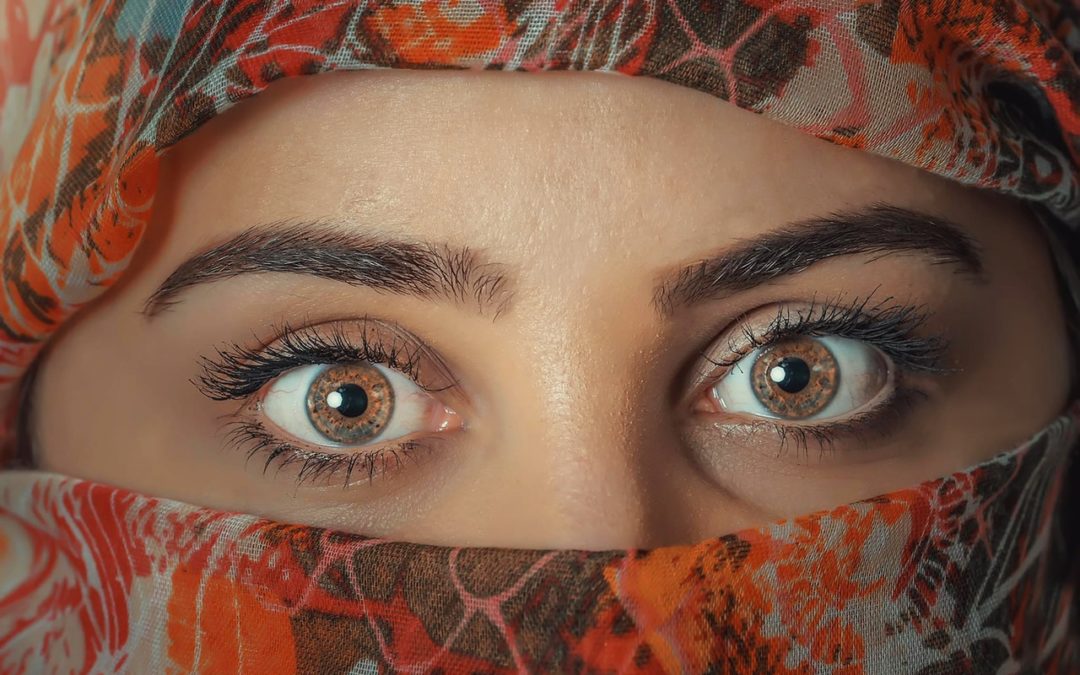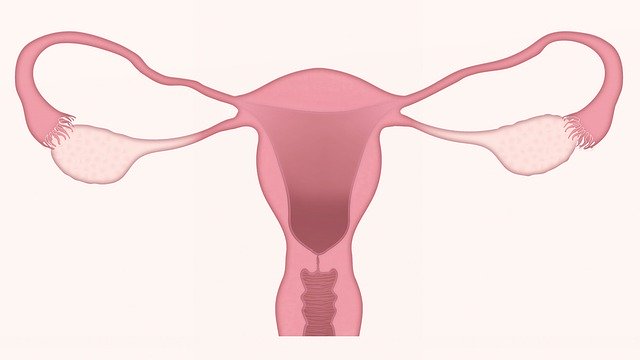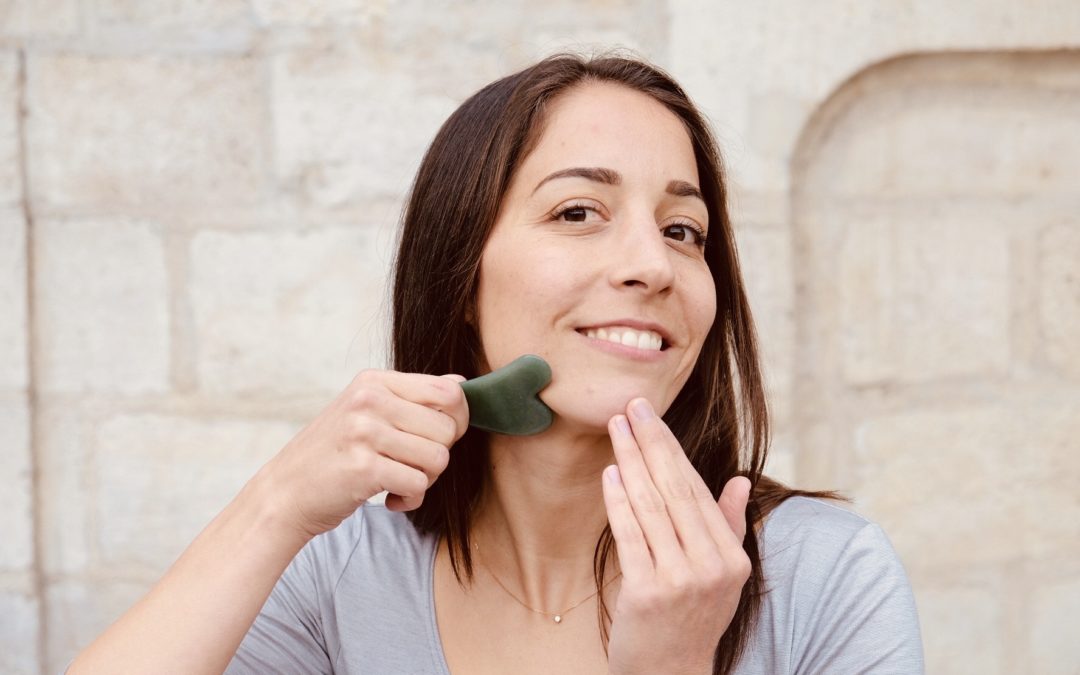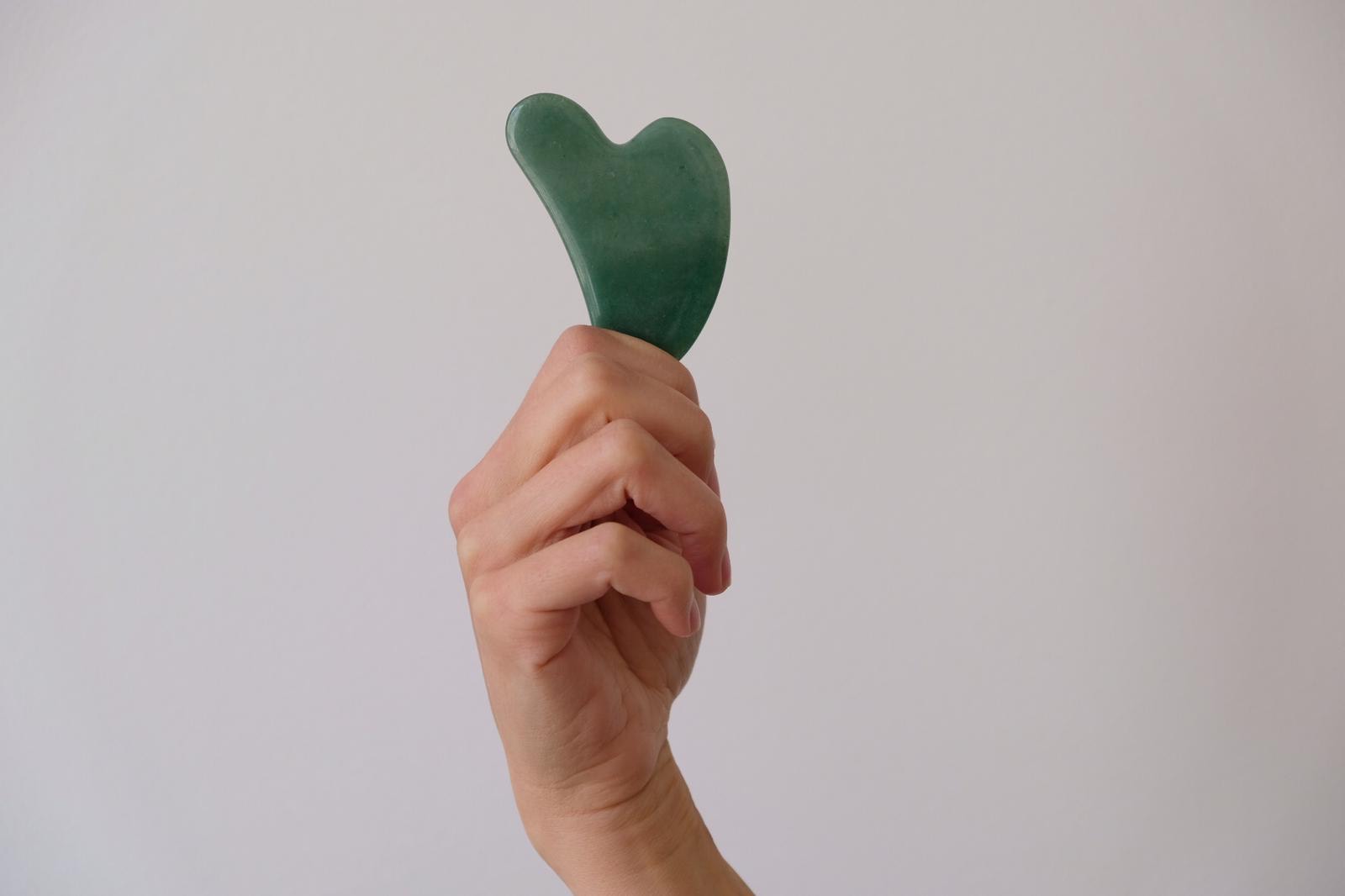Understanding eye problems through TCM and Ayurveda
Eye problems can make day-to-day life harder and impact well-being and life quality. The most common eye disorders are: red, itchy, burning, dry and bloodshot eyes, as well as a yellowish tinge in the whites or sensitivity to light. Once you know which factors can trigger and aggravate these symptoms, you can start finding ways to reduce or even eliminate them. Moreover, there are natural remedies and diet tips you can apply to help heal eye imbalances.
In Traditional Chinese Medicine there is a saying: “The liver opens into the eyes.” That is why, we always treat the liver as well when seeing eye problems. When stress, overwork, feelings of anger and frustration and poor nutrition take over, the liver qi is no longer flowing harmoniously in the body. Therefore, the energy rises up and generates heat. As a result, it can manifest in forms of migraine-like headaches and eye problems.
In Ayurvedic medicine we commonly see a Pitta imbalance at the root of eye problems. Meaning, that excess pitta in the form of heat is circulating in the system. Especially in summer, the season of pitta, we see more people suffering from itching, red and painful eyes when temperatures are rising. Whereas, dry and watery eyes are mainly caused by a Vata imbalance and often get worse in late autumn into early winter, the seasons of Vata.
Let´s look at the most common eye problems.
Healing your eyes with Ayurvedic and Chinese medicine wisdom
Red and itchy eyes
Redness and itchiness are signs of heat. Even if your eyes burn frequently, it can show an excess heat in the system. Consequently, we need to cool the liver and avoid things that produce heat.
The best foods to cool the liver are:
- Green vegetables esp. broccoli, celery and courgette
- Bitter salad
- Artichoke
- Cucumber
- Watermelon
- Turmeric and saffron
- Dandelion
- Peppermint and jasmine tea
While the following foods and drinks are best to avoid: alcohol, coffee, sausage, fried and grilled meat, leek, sugar and strong spices like chilli, pimento, cinnamon, ginger and pepper. Overconsumption of meat, shellfish and cacao can also lead to excess liver heat.
Also herbal infusions can help to reduce heat in the eyes. The best medicinal plants are:
- Gentian root
- Lavender
- Peppermint
- Chrysanthemum flowers
The following tea recipe from Chinese medicine helps to build up liver blood and to reduce heat in the eyes:
Take 1 tbsp chrysanthemum flowers and 1.5 tbsp goji berries. Steep into 500ml of boiling water for at least 10 minutes. Then drink over the day, ideally for a duration of around 2 weeks.
Chrysanthemum flowers are also recommended for conjunctivitis and high blood pressure. Because of their strong heat-clearing properties, it´s important to add goji berries to balance this strong effect. Another possibility is to prepare chrysanthemum flower tea, letting it cool off and to do an eye-wash.
Note: Never drink pure chrysanthemum flowers tea if suffering from low blood pressure.
Ayurveda recommends washing the eyes with high-quality rose water. This will help soothe and hydrate the tired, red and itchy eyes and give them a refreshed look.
Very dry and / or watery eyes
These are both signs of liver blood deficiency in Chinese medicine. The liver stores the blood and if it gets deficient, the eyes are not enough moistened and get dry. Whereas, watery eyes, indicate that liver wind has risen up to the eyes due to the lack of blood. Furthermore, this can lead to sensitivity of pollen, light, wind or air conditioning. Simply, because the eyes are not able anymore to create a natural barrier to defend themselves from these external factors.
The following foods can help to rebuild liver blood if eaten regularly:
- Broccoli
- Cherry
- Dark berries
- Molasses or black treacle
- Lamb´s lettuce
- Date
- Egg yolk
- Carrot, parsnip and other root veggies
- Lentil
- Parsley
- Pine nut
- Beetroot
- Black sesame paste
Especially the following things can cause dry and watery eyes: smoking, too much black tea and coffee, spicy foods, red wine, poor nutrition and long hours in front of a computer screen.
Ayurveda suggests drinking licorice tea and putting a drop of Triphala Ghee in the eyes. Also regular consumption of Triphala Ghee in your food preparation can support the healing process.
Yellow eyes
According to TCM, a yellowish tinge in the whites of the eyes is due to too much dampness and heat in the liver. Other signs can be grittiness that feels like sand in the eyes or sticky eyelids in the morning.
That´s why it´s important to avoid everything that produces more dampness like: sugar, white flour, wheat, cow’s milk, fried or oily and too much raw food. Foods that are especially good to reduce excess dampness are: apple, millet, miso, seaweed, radish, olive, kidney bean, mushroom and shiitake. See above for the diet recommendations for reducing excess heat.
A great herbal tea to reduce dampness and heat from the eyes is dandelion tea. Take 2 tbsp of dandelion roots and leaves. Then steep it for at least 15 minutes in 500ml cold water, bring to a boil and let it simmer for about 15 minutes. After that remove the herbs and drink at room temperature. Note: If you suffer from soft bowels or diarrhea, you should combine it with other herbs to counterbalance the strong cooling effect.
Amalaki, a famous ayurvedic plant, helps to reduce heat and strengthens the digestive fire to help reduce dampness in the body. Furthermore, it´s boosting immunity and supports healthy metabolism.








